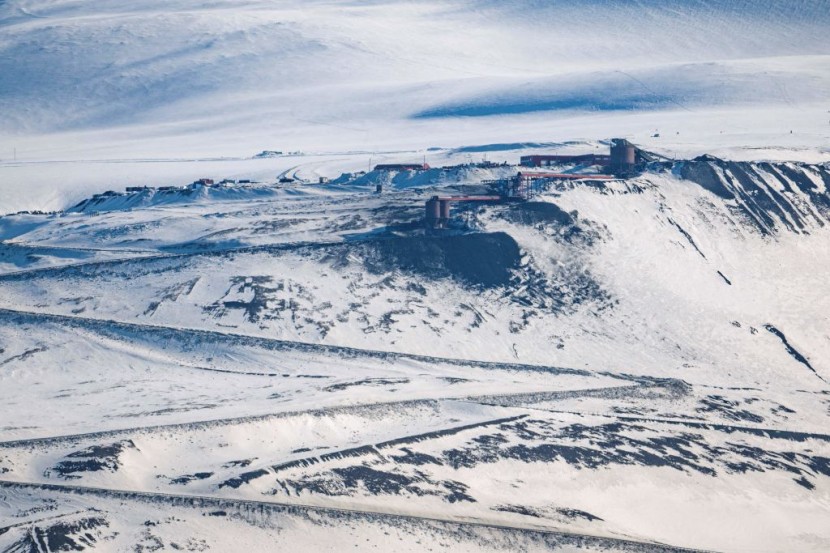
The discovery of a hidden population of polar bears has scientists sharing hope for the future of the species that faces extinction in the wake of worsening climate change.
Experts discovered an unexpected population of polar bears in the southeast corner of Greenland. This particular group of animals has developed distinct habits to survive in its odd, as far as polar bears are concerned, habitat.
Hidden Polar Bear Population
The bears' genomes are quite different from many other animals of their species, and beyond the novelty that these animals represent, they could also help inform scientists about how more traditional bears will fare in a warming Arctic region.
Scientists discovered several things that set the hidden population apart from others of its species. For the majority of the year, they survive by hunting from ice that falls into the ocean after breaking off a Greenland glacier, and the ice floats in the fjords that these bears call home.
This situation is unlike most other populations of polar bears, which require sea ice for hunting. The World Wildlife Fund said that between 22,000 and 31,000 polar bears are all that remains of the animals worldwide, as per Ars Technica.
The research team analyzed seven years of data that was collected within the region, along with 30 years of historical data. For the most recent data, the team cooperated with local hunters' kills to sequence the bears' genomes. The experts also used fieldwork, satellite data that allowed them to study the region's geographical and sea ice conditions, and tracking collars to get a sense of the animals' movements.
A co-author of the paper, Twila Moon, who is also the deputy lead scientist at the National Snow and Ice Data Center, said that there was a really "large collection" of data in the region. They added that it required a lot of time in the field, adding that it was a very remote area that required difficult, time-consuming, challenging conditions for fieldwork.
According to CNN, lead author Kristin Laidre, a polar research scientist at the University of Washington's Applied Physics Laboratory, said in a statement that the team wanted to survey the region because they did not know much about the polar bears in Southeast Greenland.
Sea Ice vs. Glacier Ice
However, they never expected to find a new population already living there and thriving unusually. Laidre added that they knew there were some polar bears in the area based on historical records and Indigenous knowledge but were unaware of how special they were.
Traveling far, scientists know of 19 polar bear populations that rely heavily on sea ice to hunt their prey, such as ringed seals. They sit near breathing holes to capture their prey, and the calories they get can help them store enough energy to last for months when food and sea ice is more scarce.
Laidre noted that glacier ice could help small numbers of polar bears survive for more extended periods under worsening climate warming conditions. However, they noted that it was not available for the vast majority of polar bear populations worldwide, Live Science reported.
© 2025 HNGN, All rights reserved. Do not reproduce without permission.








